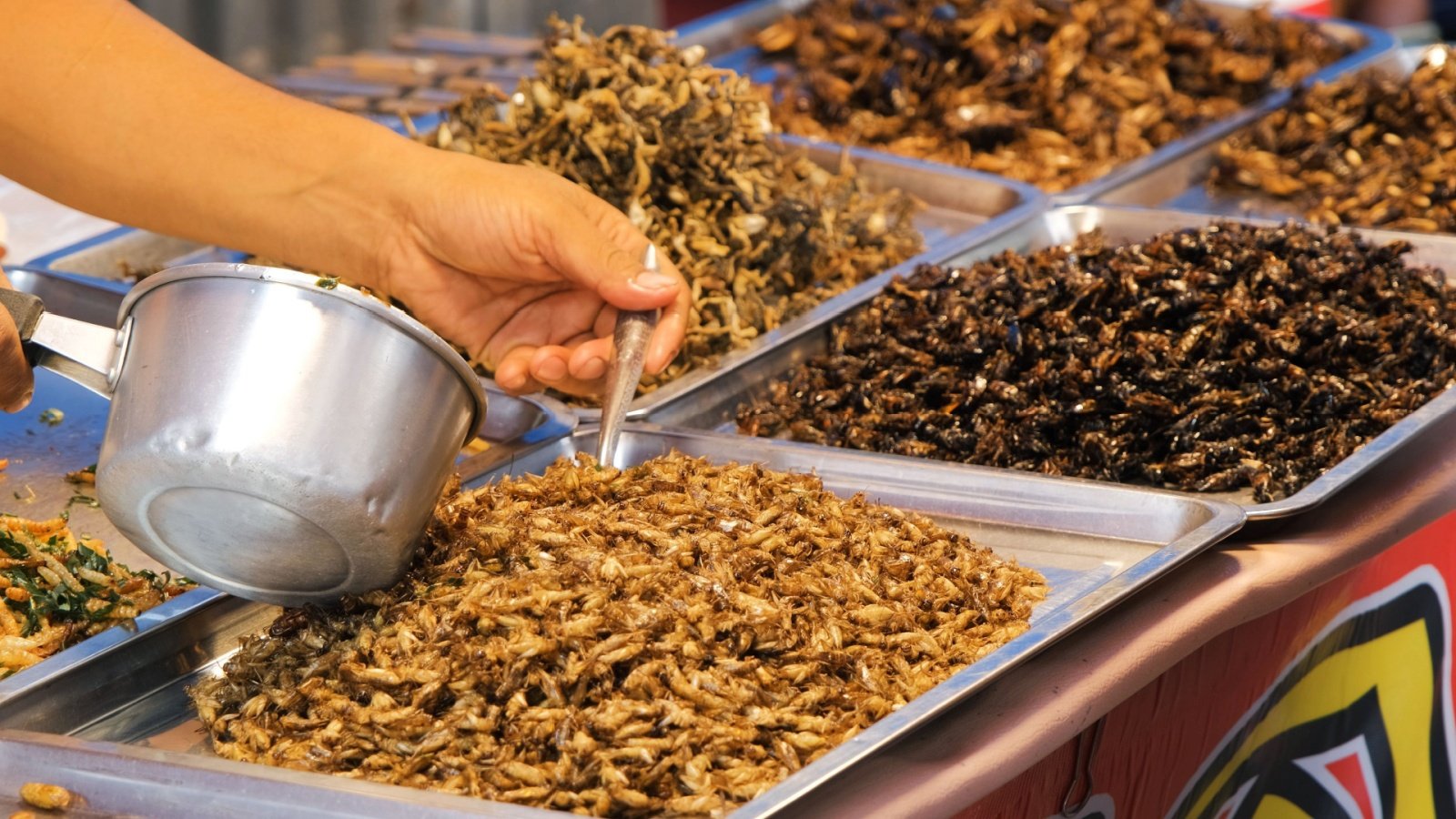Cooking up creative food concoctions in the kitchen can be an exciting culinary journey, but it also requires awareness of the foods that carry hidden dangers when uncooked.
Many everyday ingredients, while delicious and nutritious when properly prepared, contain hidden toxins that can pose serious health risks if mishandled.
Here, we guide you through a selection of foods that are potentially harmful before cooking, providing information for kitchen novices and seasoned cooks alike. Understanding these risks ensures a safe and enjoyable cooking experience, transforming potentially dangerous ingredients into safe and delicious dishes.
Kidney Beans
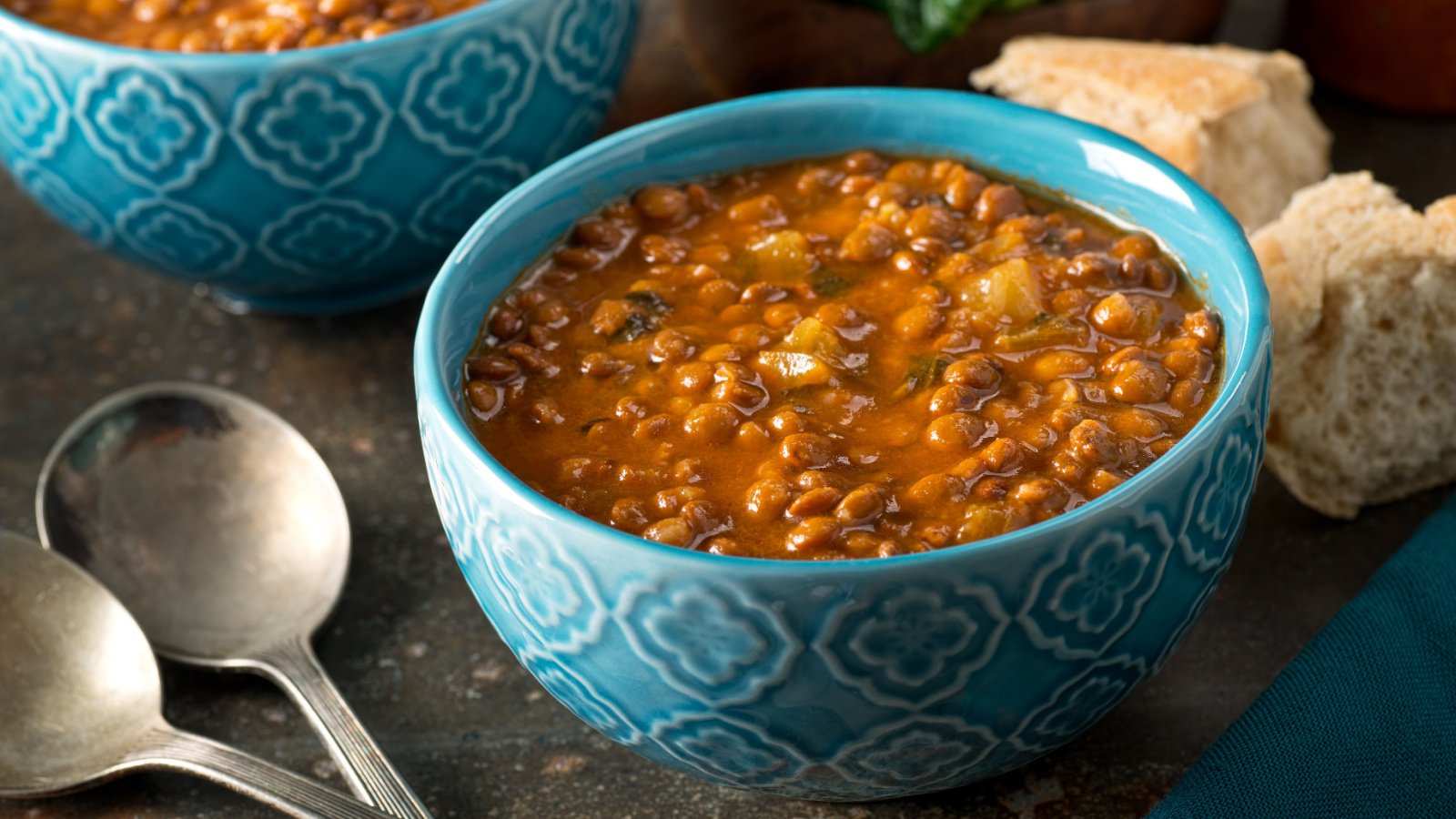
Raw kidney beans contain high levels of the toxin phytohaemagglutinin, which can cause severe gastrointestinal distress. Cooking these beans thoroughly neutralizes the toxin, making them safe to consume. It’s crucial to boil them for at least ten minutes to ensure all toxins are destroyed, as undercooking can increase their toxicity.
Elderberries

Raw elderberries, along with the plant’s leaves and twigs, contain cyanide-inducing glycosides, which can be toxic. Cooking the berries effectively destroys the toxins and makes them safe for jams, syrups, and wines. Never consume raw elderberries or other parts of the plant, as they can cause nausea, vomiting, and severe abdominal distress.
Rhubarb Leaves

While rhubarb stalks are a tart treat, their leaves are extremely toxic and should never be consumed. Rhubarb leaves contain oxalic acid, which can cause kidney stones and other serious health issues. Always discard the leaves before cooking the stalks for use in pies and desserts.
Green Potatoes

Potatoes that have turned green contain solanine, a natural toxin that can cause nausea, headaches, and neurological problems. To avoid solanine poisoning, store potatoes in a dark, cool place and remove any green parts before cooking. Cooking does not destroy solanine, so it’s important to handle green potatoes with care.
Fugu (Pufferfish)

Fugu is a Japanese delicacy that can be lethally poisonous if not prepared correctly due to its tetrodotoxin content. Only chefs who have undergone years of training are certified to prepare fugu. The smallest mistake in its preparation can be fatal, as the toxin is 1,200 times deadlier than cyanide.
Almonds

Bitter almonds, as opposed to the sweet almonds commonly eaten, contain significant amounts of cyanide. Bitter almonds must be processed to remove the toxins and are used to make almond oil or are added in small amounts for flavor. It is illegal to sell raw bitter almonds in many countries due to their toxicity.
Raw Meat and Poultry

Consuming raw or undercooked meat and poultry can lead to serious foodborne illnesses caused by bacteria such as Salmonella and E. coli. It is essential to cook meat and poultry to the appropriate internal temperatures to ensure all bacteria are killed. Always use a meat thermometer to check that meat has reached a safe temperature before consumption.
Ackee

Ackee, a popular Jamaican fruit, must be fully ripe and properly prepared to be safe for eating. The unripe fruit contains hypoglycin A, a toxin that can cause severe vomiting and even death. Only the yellow arilli of the ripe ackee are edible; all other parts, including the seeds, are toxic.
Apricot Kernels
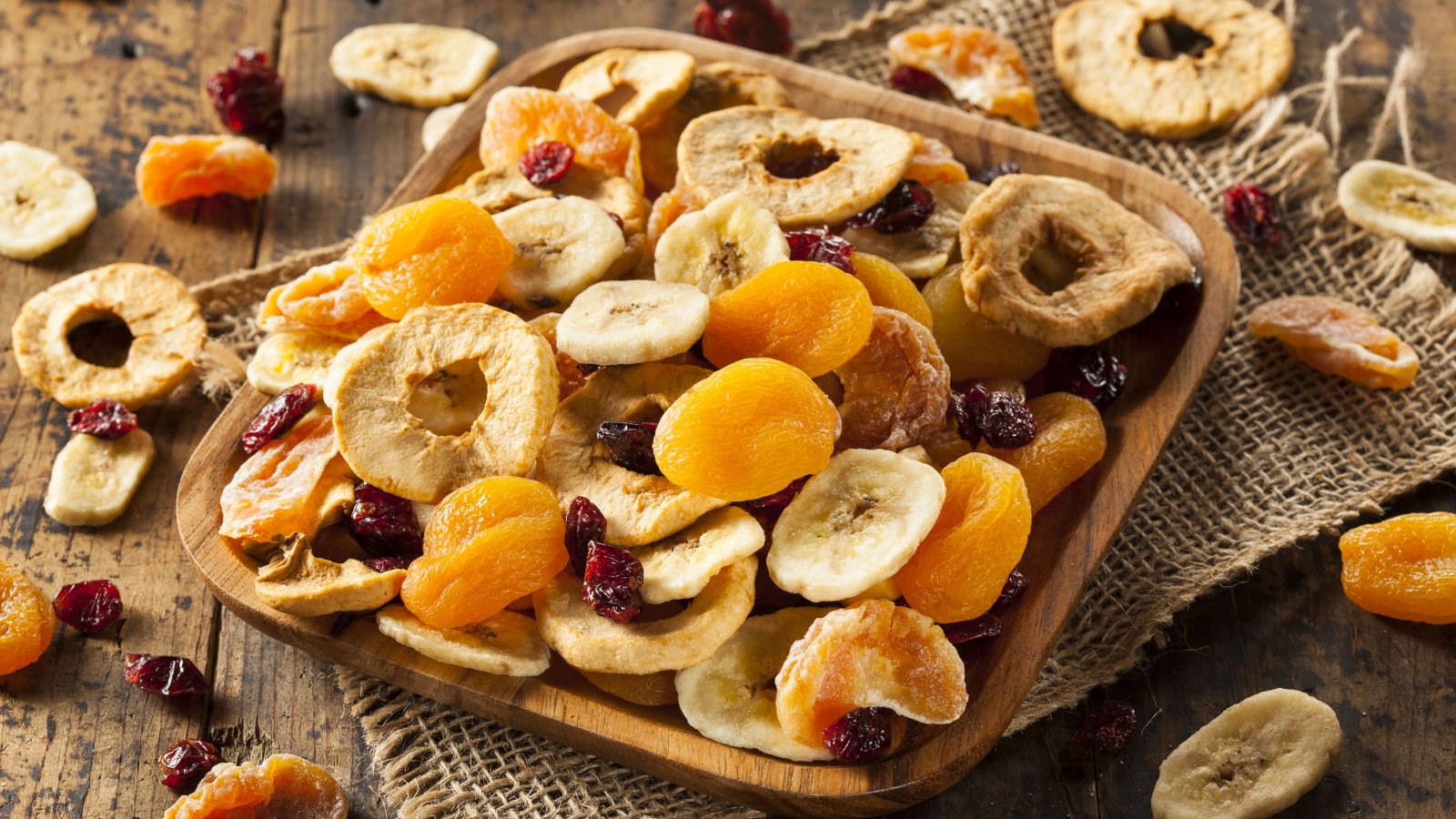
Like bitter almonds, apricot kernels contain cyanide and can be toxic if consumed in large quantities. They are sometimes used in small amounts to flavor liqueurs and dishes. Always ensure that apricot kernels are adequately processed, and be aware of the potential risks of consuming them.
Chaya (Tree Spinach)

Chaya, known as tree spinach, is highly nutritious but must be cooked before consumption due to its toxic hydrocyanic acid content. It is recommended to boil the leaves for at least 20 minutes to eliminate any toxins. Never consume chaya raw, as it can be potentially deadly.
Tarantulas
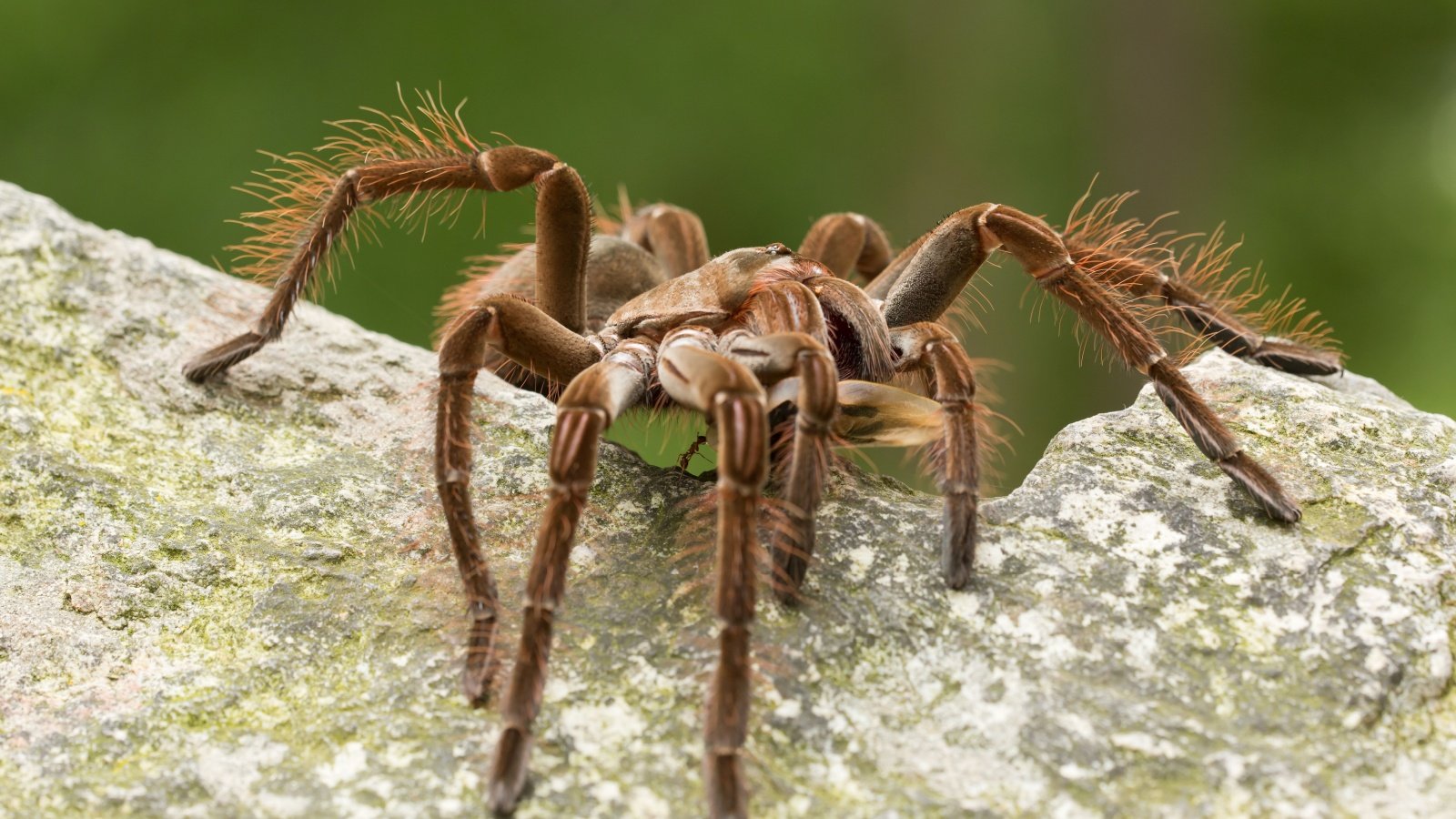
In some cultures, tarantulas are a delicacy, but they must be cooked properly to neutralize the venom in their fangs. While the venom isn’t typically harmful to humans when ingested, allergic reactions can occur. Cooking also helps soften their exoskeleton, making them easier to eat.
Blood Clams

Blood clams, harvested in regions like the Gulf of Mexico and Southeast Asia, can harbor viruses and bacteria, including hepatitis A. They must be thoroughly cooked to reduce the risk of infection. Raw consumption of blood clams has been linked to severe cases of hepatitis and other infections.
Octopus

Eating live octopus, a practice in some parts of the world carries significant risks if the animal’s moving suction cups latch onto the throat. Proper preparation requires skill to minimize these hazards. Cooked octopus is safe and enjoyed worldwide in various dishes.
Bullfrogs

In some culinary traditions, bullfrogs are eaten, but their liver and other organs can contain toxins harmful to humans. Cooking does not always neutralize these toxins, so it’s crucial to avoid these parts of the frog. Frog legs, properly prepared, are safe and considered a delicacy in many cultures.
Nutmeg
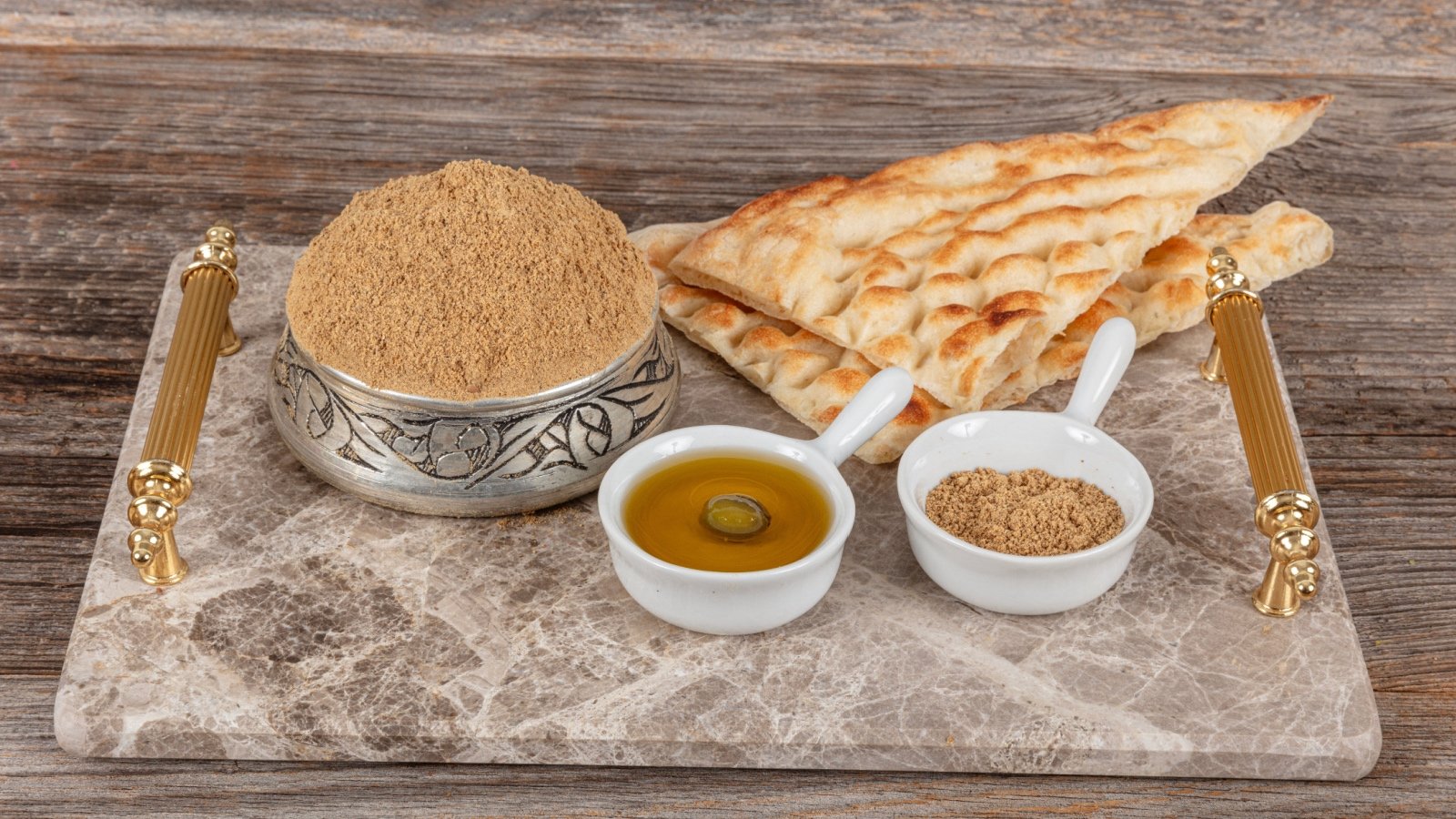
In large doses, nutmeg acts as a toxin due to its myristicin content, which can cause hallucinations, nausea, and dizziness. When used as a spice in cooking, it is generally safe as only a small amount is needed to flavor dishes. It is important to use nutmeg sparingly to avoid adverse effects.
Sannakji (Raw Octopus)

Sannakji, a Korean dish featuring live octopus cut into small pieces, poses a choking hazard due to the suction cups on the tentacles. Proper chewing is essential when consuming sannakji to prevent the tentacles from sticking to the mouth or throat. While this dish is a cultural delicacy, it requires caution during consumption.
Castor Beans
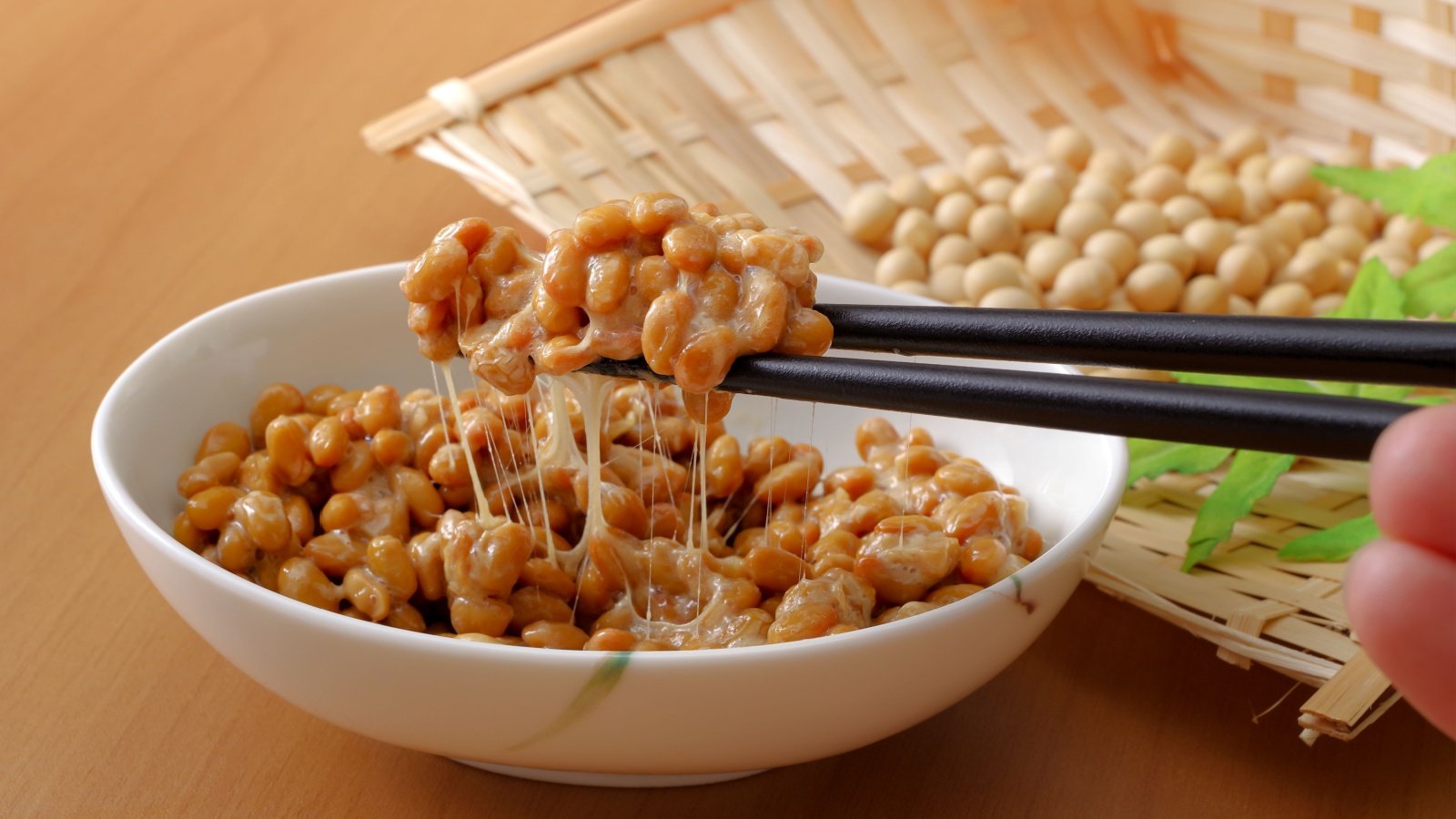
Castor beans are used to make castor oil but contain ricin, a highly toxic substance that can be fatal if ingested. The process of making castor oil eliminates ricin, making the oil safe. Unprocessed castor beans should never be eaten due to their high toxicity.
Cassava
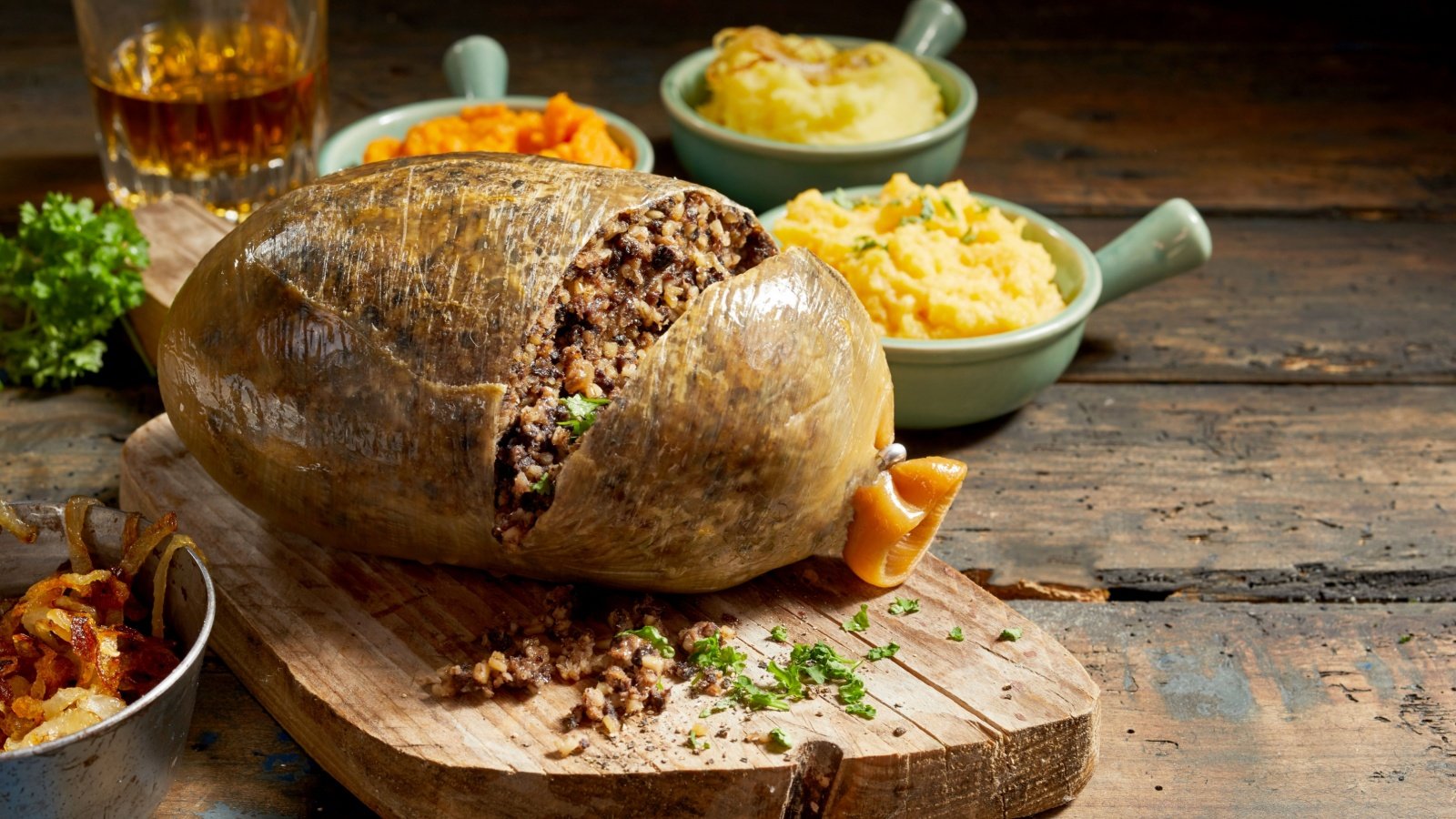
Cassava, especially when eaten raw, contains cyanogenic glycosides, chemicals that release cyanide when digested. Safe consumption of cassava involves peeling and thorough cooking to reduce its toxic components. It is a staple in many diets globally but requires careful preparation to avoid poisoning.
Pangium Edule (Football Fruit)

This fruit, native to Southeast Asia, contains cyanogenic glycosides and must be fermented and boiled to reduce its toxicity. The process makes the fruit safe to eat, transforming it into a flavorful component of local cuisines. Raw pangium edule is deadly and should be handled with extreme caution.
Hot Peppers

Capsaicin, the compound that gives hot peppers their heat, can cause severe burns if not handled properly. Cooking or diluting the peppers can mitigate some of the risks, but gloves and proper ventilation are recommended during preparation. While not toxic, the intensity of capsaicin can cause discomfort and health issues if not managed correctly.
Sea Urchin

Sea urchin is prized for its roe but can be dangerous if not properly prepared. The spines are venomous, and careless handling can lead to painful injuries. Once the spines are removed and the urchin is opened, the edible parts must be carefully cleaned and can be enjoyed raw or cooked.



